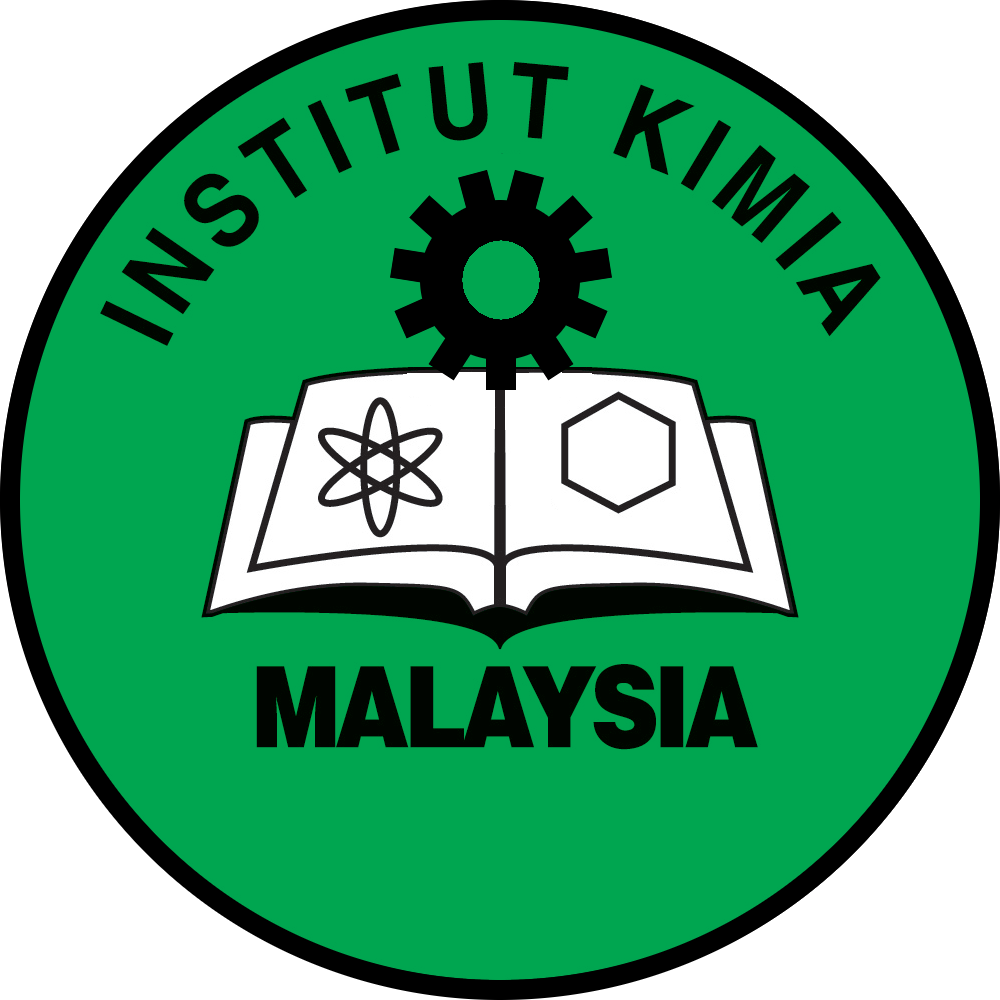Adsorptive Removal of Methylene Blue using Activated Carbon Derived from Waste Coffee Grounds
DOI: https://doi.org/10.55373/mjchem.v27i3.134
Keywords: Adsorption; methylene blue; activated carbon; isotherm; kinetic
Abstract
In this work, activated carbon derived from waste coffee grounds (CG-AC) was synthesized using zinc chloride (ZnCl2) as the activating agent. The CG-AC was then employed as an adsorbent for the removal of methylene blue (MB) from aqueous solutions. Adsorption isotherm data were evaluated using the Langmuir, Freundlich, and Temkin models. The Langmuir model, with a correlation coefficient of 0.9998, showed the best fit for the adsorption of MB on CG-AC, with the maximum monolayer adsorption capacity calculated at 176 mg/g. Kinetic studies were conducted using pseudo-first-order (PFO), pseudo-second-order (PSO), and intraparticle diffusion (IPD) models. The R² values indicated that the PSO model provided a more accurate description of the adsorption kinetics. The plot of qt versus t1/2 in the IPD model demonstrated multi-linear behavior, suggesting that the adsorption occurred in multiple stages. Thermodynamic analysis was performed at temperatures ranging from 25 to 34 °C, where negative ΔG° values and positive ΔH° values confirmed the spontaneity and endothermic nature of the adsorption process. Additionally, the positive ΔS° value indicated a strong affinity of MB molecules for the CG-AC. These results suggest that CG-AC could be a promising adsorbent for treating wastewater containing high levels of dyes.
